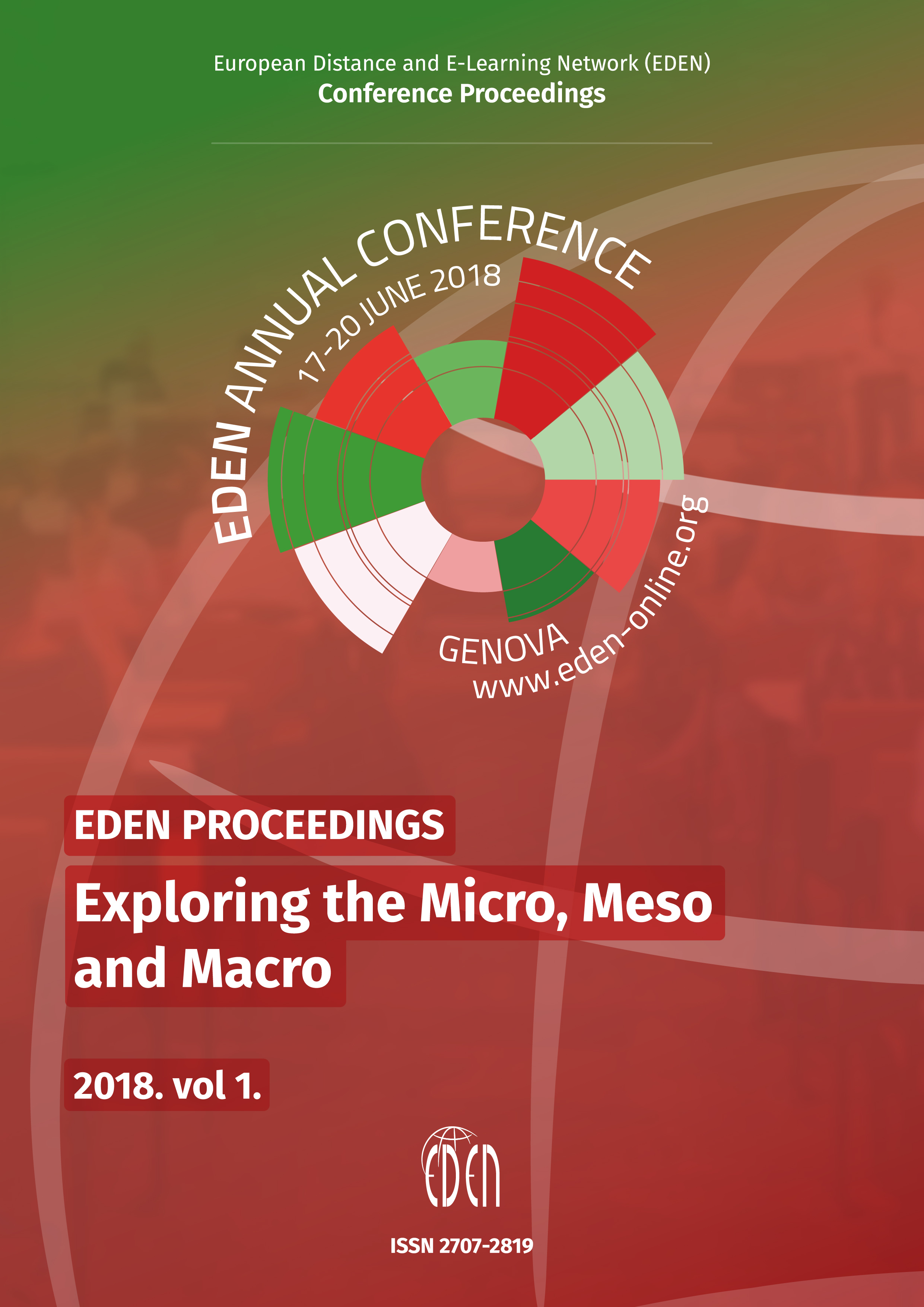Towards a European Maturity Model for Blended Education (EMBED)
Towards a European Maturity Model for Blended Education (EMBED)
Author(s): Katie Goeman, George UbachsSubject(s): Social Sciences, Education, Higher Education
Published by: European Distance and E-Learning Network
Keywords: Quality issues
Summary/Abstract: Higher education institutions (HEIs) are challenged to maintain quality and innovative education for large student numbers while working with lower budgets, and to accommodate the needs of a great variety of learners. As a consequence, new course and programme delivery modes emerge at universities. Since the turn of the century, convergent formats of online and onsite teaching and learning have received increased attention and it is expected that these will become the most common approaches in higher education (HE) (Daniel & Uvalić-Trumbić, 2016). Several scholars reported that such blends lead to better student experiences, higher efficiency and offer opportunities for more personalised and inclusive HE. Furthermore, they seem to be suitable for teaching large groups (a)synchronously and organize mobile or multi-campus HE (Sitzmann, Kraiger, Stewart, & Wisher, 2006; Laurillard, 2014).
Journal: European Distance and E-Learning Network (EDEN) Conference Proceedings
- Issue Year: 2018
- Issue No: 1
- Page Range: 321-324
- Page Count: 4
- Language: English

